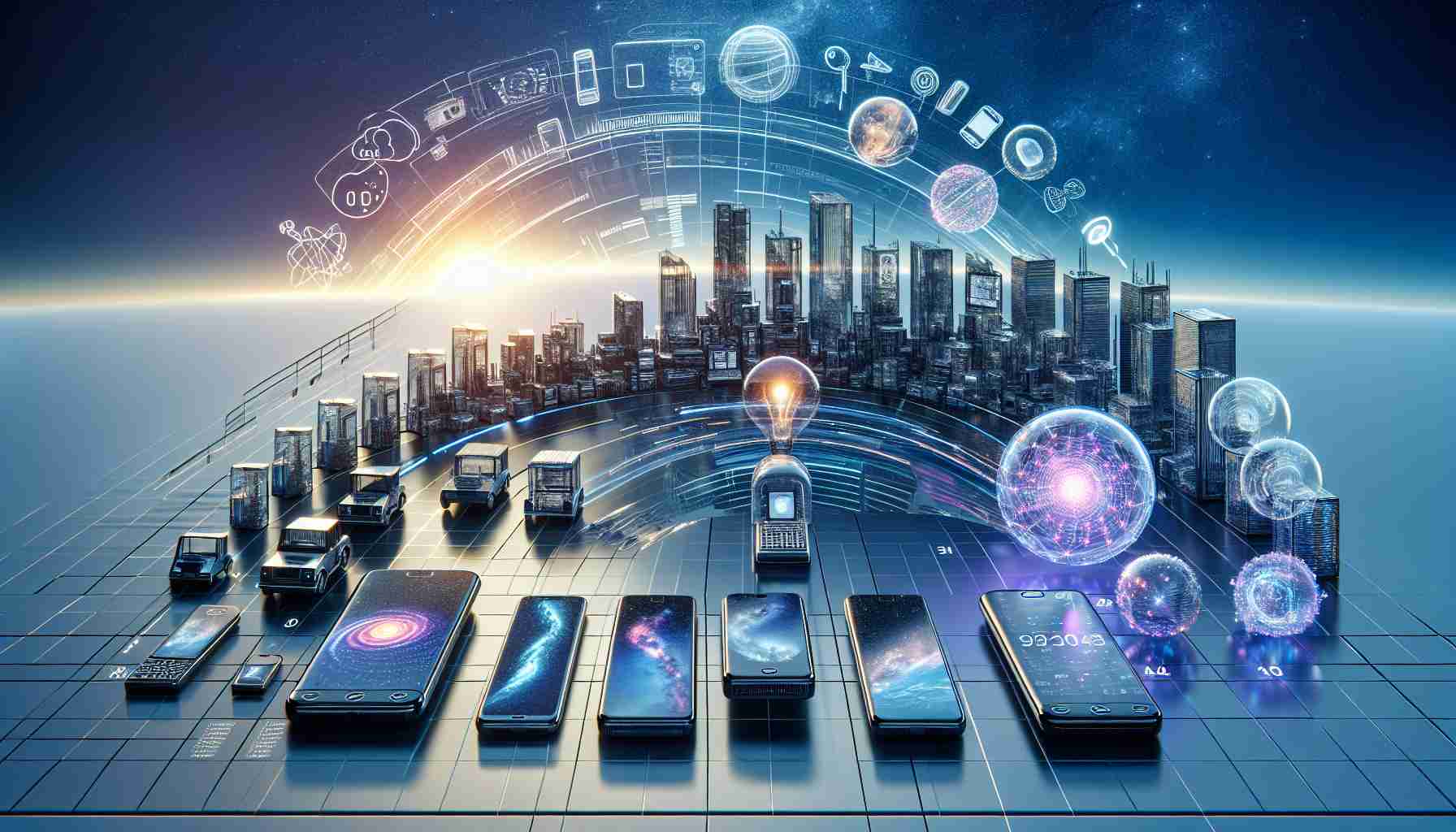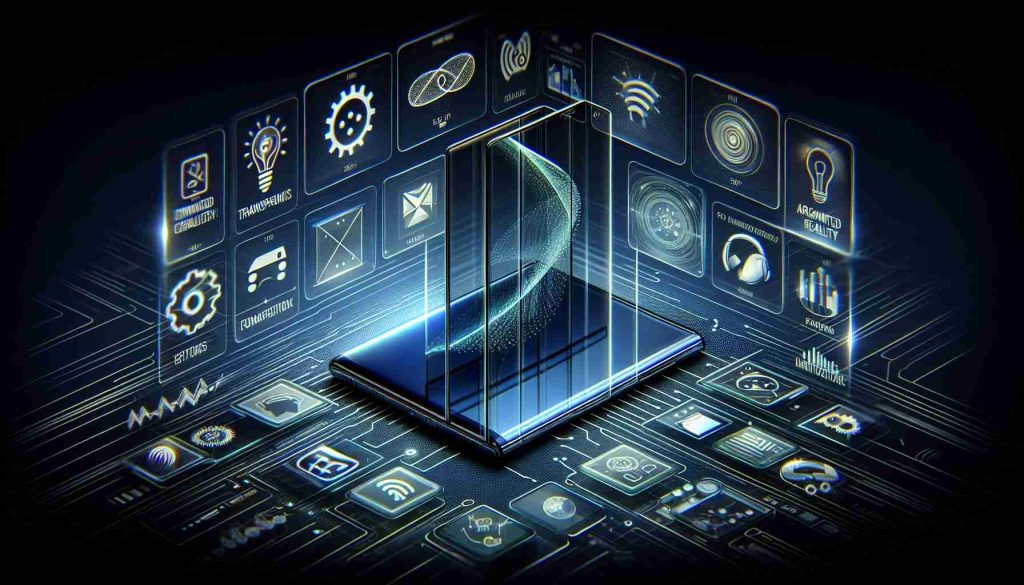The evolution of phones has been nothing short of revolutionary, reshaping how we communicate, work, and play. From the brick-like mobile phones of the 1980s to today’s sleek and powerful smartphones, each decade ushered in technological advancements that changed our lives. However, the next wave of innovation promises to take things even further, challenging us to imagine what phones will become.
One major development on the horizon is the integration of augmented reality (AR) and virtual reality (VR) into everyday phone use. By seamlessly merging the digital and physical worlds, smartphones equipped with AR and VR capabilities could transform gaming, navigation, and remote communication, offering immersive experiences never before possible.
Another emerging trend is the advancement in foldable and flexible displays. These screens not only promise to change the design and ergonomics of smartphones but also open up new possibilities for multitasking and enhanced user interfaces. Imagine a smartphone that unfolds into a tablet-sized screen or wraps around your wrist like a wearable device.
Moreover, the progress in artificial intelligence (AI) could redefine user interaction with phones. Intelligent virtual assistants are expected to become even more intuitive, offering personalized suggestions and automating mundane tasks, making our daily routines more efficient and enjoyable.
As we stand on the cusp of these exciting changes, it is clear that the evolution of smartphones is far from over. This next phase will not only enhance personal convenience but also redefine entire industries, heralding an era where smartphones are integrated more deeply into the fabric of our lives.
Smartphones of Tomorrow: Boon or Bane for Society?
The unprecedented growth of smartphone technology brings both tantalizing possibilities and profound concerns that will reverberate through societies worldwide. While augmented and virtual reality integrated into phones may redefine entertainment and education, questions arise about their effects on mental health. Could increased immersion lead to greater escapism, blurring the lines between reality and fantasy, or might they offer groundbreaking therapeutic and learning tools?
One under-explored advantage lies in healthcare. Smartphones equipped with advanced sensors could serve as portable diagnostic devices, allowing early detection of health conditions at a fraction of the cost. For communities with limited access to medical facilities, this could revolutionize how healthcare is delivered, granting unprecedented independence and preventive care options.
WHO reports highlight the potential of AI-driven health apps that personalize healthcare by monitoring vital signs and suggesting lifestyle changes. However, who holds the responsibility for the data’s privacy and security?
Environmental implications offer another layer of debate. As demand for smartphones equipped with these new technologies rises, so too does the demand for rare earth elements, posing sustainability challenges. Innovators are urged to create more eco-friendly components to mitigate environmental impact.
On an economic level, the rise of these technologies within smartphones could redefine job markets. While they may create opportunities in tech development and AR/VR integration, they might also render certain skills obsolete, necessitating widespread retraining initiatives. Will governments rise to this challenge, or will transitional unemployment become the new norm?
The trajectory of smartphone evolution prompts us to ponder its dualistic potential: a tool for revolutionizing human capacity or a catalyst for societal disparities? The onus is on developers, policymakers, and users alike to navigate these uncharted waters.






















